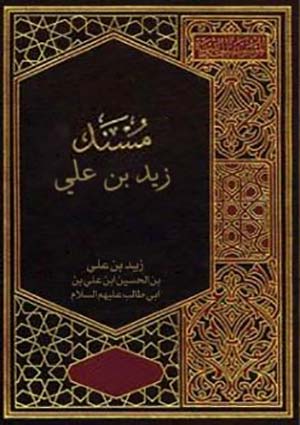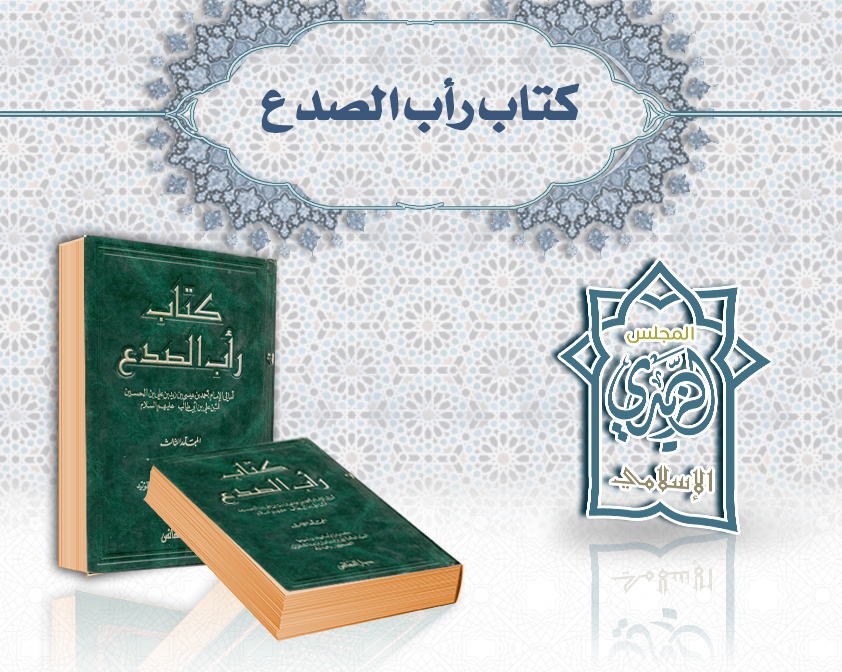Throughout history, various Muslim schools (asides from the Twelver school) have claimed to be the inheritors of Ahlulbait’s legacy. Most classical Shi’ite schools, however, have perished, and only a few remain today. The few surviving schools, nevertheless, all claim to be representative of the teachings of the Prophet’s household.
The extant Shi’ite sects today are:
- The Twelvers
- The Zaidis
- The Isma’ilis
These sects all make mutually exclusive claims regarding the identity of the Imams, their nature and other religious affairs. Nevertheless, the existence of these schools gives rise to a serious problem that casts doubt on the authority of Twelver hadith collections. I like to call this problem “The Zaidi Dilemma”.
The Zaidi Dilemma
When debating Sunnis, Twelver polemicists often argue for the superiority of their hadith sources on the basis that their collections are transmitted through Ahlulbait. Such appeals stem from the Shi’ite presupposition that the Prophet’s family members are superior interpreters and transmitters of Islam. Nevertheless, this claim may ironically end up undermining the reliability of Twelver hadith sources.
Why is that the case?
The problem faced by the Twelver sect is the fact that the Zaidi school also is a claimant to Ahlulbait’s legacy. Zaidis similarly possess their own hadith collections that consist of reports ascribed to Ahlulbait. These collections, however, present a vastly different religious narrative than that of the Twelver sect. Since the beliefs of both schools are mutually exclusive in multiple regards, there are only 3 possibilities behind this phenomenon:
- The Zaidi school is representative of Ahlulbait’s teachings.
- The Twelver school is representative of Ahlulbait’s teachings.
- None of them are representative of Ahlulbait’s teachings.
The observer is thus able to observe how arbitrary many of these claims to Ahlulbait truly are, especially when one takes into account the tens of other extinct schools that made the exact same claim.
Asides from weightless appeals to authority, the Twelver polemicist, in reality, has no actual reason to dismiss Zaidi hadith sources. When inviting Sunnis to accept Twelver hadith sources, Twelver polemicists will often cite hadiths on the virtues of ‘Ali and Ahlulbait, such as Hadith Al-Thaqalayn and Hadith Al-Kisaa’. The ultimate aim of such appeals is to substantiate the validity of the Twelver hadith corpus, which is allegedly based on transmission from Ahlulbait.
These appeals don’t actually substantiate the reliability of Twelver sources. This reality becomes apparent when a Twelver makes these appeals with a Zaidi. The Zaidi, unlike the Sunni, already believes in the Imamah of ‘Ali and his superiority to all companions of the Prophet. He also believes in the superiority of Ahlulbait. Thus, the usual Twelver appeal to substantiate the authority of Twelver sources is absolutely worthless in this context. The Zaidi can, in fact, redirect all of these appeals back to the Twelvers and argue for the authority of Zaidi hadith collections.
Zaidi sources may actually prove to be more reliable claimants to the legacy of Ahlulbait than Twelver Sources.
A List of Zaidi Hadith Collections
1. Musnad Zaid
Musnad Zaid is a hadith collection compiled by ‘Amr b. Khaled Al-Wasiti (d. post-120) which primarily consists of reports ascribed to Zaid b. ‘Ali b. Al-Husain from his fathers. Ironically, ‘Amr was declared to be a reliable transmitter of hadith by Twelver authorities (Al-Khoei 14:103). Thus, the collection is further binding upon Twelvers. This becomes even more apparent when one recognizes that Musnad Zaid predates all Twelver hadith collections as well. The Sunnis, on the other hand, are not bound by this text, as its author was identified as a forger in Sunni biographical sources. (Ibn Hajar 8:26-7)
2. The Amali of Ahmed b. ‘Isa b. Zaid Al-Hashemi
This collection, also known as Ra’b Al-Sad’, was authored by the grandson of Zaid b. ‘Ali b. Al-Husain b. Ali b. Abi Taleb, Ahmed b. ‘Isa Al-Hashemi (d. 247). It contains hadiths transmitted by the author along with other information pertaining to other sciences, mostly linguistics. The hadiths in this book resemble those of Sunni collections, and the transmitters in the isnads of the book are found in Sunni collections as well.
3. Taysir Al-Matalib fi Amali Abi Taleb
This collection was authored by the Zaidi imam, Yahya b. Al-Husain b. Harun Al-‘Alawi (d. 424), who also was from Ahlulbait.
There are a few other collections, but these examples shall suffice. It should be noted that the authors of many Zaidi hadith collections actually were from Ahlulbait, unlike the authors of Twelver collections. It should also be noted that Zaidi sources generally predated Twelver sources.
Conclusion
Twelver hadith collections are regularly claimed to be authoritative under the premise that they represent Ahlulbait’s understanding and interpretation of Islam. That claim, however, is challenged with the presence of Zaidi hadith collections, which similarly claim to inherit the legacy of Ahulbait. The Twelver, in reality, has no objective reason to dismiss Zaidi hadith sources. In fact, there are several indicators that may allow one to argue that Zaidi hadith collections are generally more reliable than Twelver hadith collections.
Either way, “The Zaidi Dilemma” is a problem that is yet to be solved by Twelver polemicists. This dilemma, along with a plethora of other arguments and observations, further demonstrates the defective nature of the Twelver hadith corpus. It is unfortunate that some Muslims will still hold onto these problematic sources after being made aware of their defective nature.
They have no knowledge therein. They follow nothing but conjecture; and conjecture avails nothing against the Truth. [Quran 53:28]
And Allah is the best of witnesses.
Sources
Al-Khoei, Abu Al-Qasem. Mo’jam Rijal Al-Hadith. 5th ed., Markaz Nashr Al-Thaqafah Al-Islamiyyah, 1992.
Ibn Hajar, Ahmed. Tahdhib Al-Tahdhib. 1st ed., Da’irat Al-Ma’arif Al-Nizamiyyah, 1326.





Leave a Reply